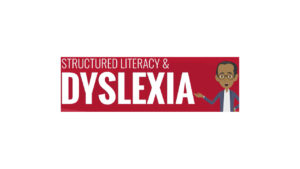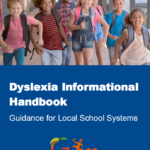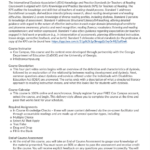GaDOE Dyslexia Video Series
This four-part video series begins with an overview of the definition and characteristics of dyslexia, followed by an explanation of the relationship between reading development and dyslexia. Next, common questions about dyslexia and services offered under the Individuals with Disabilities Education Act (IDEA) are answered. The series ends with a description of what a structured literacy approach to reading instruction means, and what this looks like for students with dyslexia.
- Cost
- 100% Free
- Time to complete
- 53 Minutes
- Provides a
- Certificate of Training
- All prospective and current Cox Campus educators.
- Learners will understand the definition and characteristics of dyslexia.
- Learners will understand the relationship between reading development and dyslexia.
- Learners will understand the services offered under the Individuals with Disabilities Education Act (IDEA).
- Learners will be able to name and explain what a structured literacy approach to reading instruction means, and what this looks like for students with dyslexia.
- Understanding dyslexia, structured literacy, and what structured literacy looks like for dyslexic students gives educators the background they need to create powerful outcomes in language and literacy within their classrooms.
How it Works
-
Learn at Your Own Pace
You don’t have to finish the course all in one sitting. In fact, we recommend you take this course a little bit at a time, incorporating what you’ve learned in the classroom.
-
Earn IACET CEUs
In order to pass and receive IACET CEUs for this course, you will first need to complete all the lessons, then complete the end of course assessment with a score of 80% or higher.
-
Free Guided Resources
As you go through a course, we’ll introduce you to free resources that will help you implement what you’re learning.
-
Never Learn Alone
Have a question on what you’re learning in the course or how to use a resource? Reach out to the Cox Campus community for advice or to lend a helping hand to others.
Lessons
-
Lesson 1
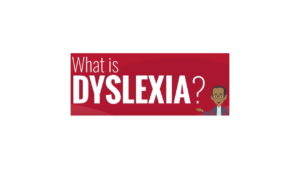
What is Dyslexia?
Duration 11 minutesThis video provides an overview of commonly used definitions of dyslexia and delineates characteristics that may be present from early childhood through the upper elementary grades. In addition, dyslexia-related myths are dispelled along with a peek inside the reading brain. -
Lesson 2
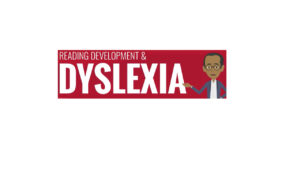
Reading Development and Dyslexia
Duration 10 minutesThis video examines the relationship between reading development and dyslexia. Three questions are addressed: How do individuals learn to read? What is the relationship between instruction and students’ reading outcomes? And why do some students experience persistent difficulty in learning to read? -
Lesson 3
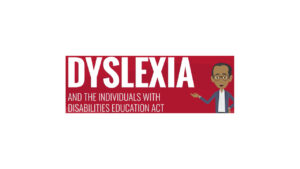
Dyslexia and the IDEA
Duration 11 minutesThis video explores the relationship between dyslexia and services offered under the Individuals with Disabilities Education Act. The video is organized around common questions that arise when discussing dyslexia and the law. -
Lesson 4

Structured Literacy and Dyslexia
Duration 22 minutesThis video explains what is meant by a structured literacy approach to reading instruction and what this means for students with dyslexia. First, the features of explicit, systematic, and cumulative instruction are described, followed by an explanation of how these features can be applied within the delivery of effective reading instruction. Next, the content elements of a structured literacy approach are reviewed, which include decoding, spelling, writing, and comprehension. Finally, the features of instruction specific for students with dyslexia are delineated. -
Lesson 5

GaDOE Dyslexia End of Course Assessment
Duration 36 minutesIn this lesson, you will take the end of course assessment and post course survey. You must score 80% or higher to pass the assessment and receive your certificate of completion.
Your Facilitator

Success Stories
-
"I have learned so much to take back to my classroom. I’m using these learning experiences to help strengthen the language of each child and I see a difference each day in the children’s language."DeborahTeacher
-
"I love the Cox Campus courses because I am able to log on at my convenience and learn a little more information to help me be a better teacher/caregiver and even a better parent."StaceyInfant/Toddler Teacher
-
"I have experienced more meaningful conversations with my students and have seen them flourish in literacy due to the incorporation of strategies I’ve learned."KatiePre-K Teacher
FAQs
The Rollins Center, of the Atlanta Speech School, in some cases, may allow an instructor, facilitator, content editor or a subject matter expert or consultant with proprietary interests to conduct professional development activities at Rollins events, provided that appropriate disclosure of such interest is made. Disclosure of proprietary interest will be made on course material and at the beginning of the course/learning event, when applicable.
